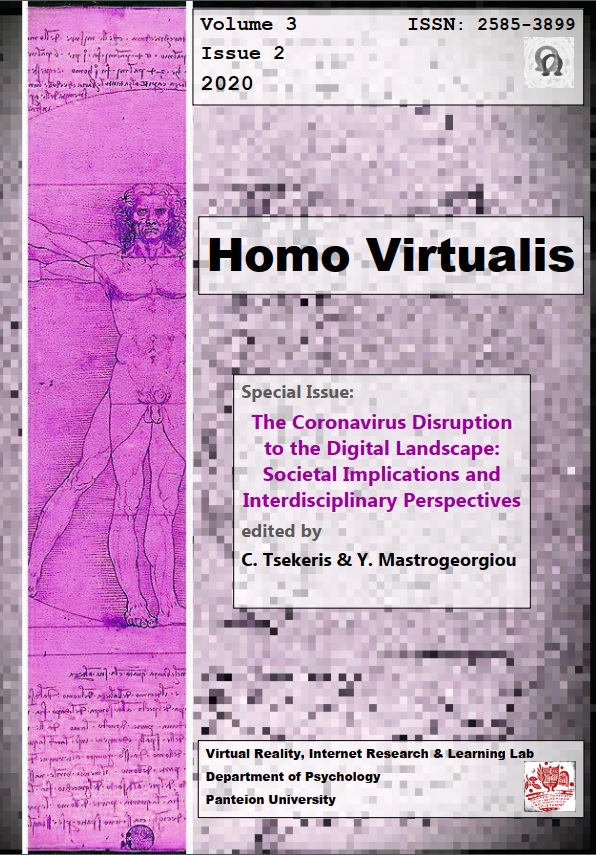Viral Economies

Abstract
The article examines the Covid-19 pandemic by investigating the ways in which viruses are mapped out through the biosciences and recognized as threats in informational systems. Two examples are analyzed that, although seemingly unrelated, intersect the assemblages of biological and communicational networks. The first one concerns the speed at which a third of the world's population was quarantined. The second one involves the readiness of the material-technical infrastructure to support, and the political planning to transfer, a multitude of social and labour activities onto digital platforms. The adjective ‘viral’ highlights the metonymic ways in which digital media locate the different economies of gene formation, circulation and communication of subjects, transport of goods and political decision-making, and adapt them in favour of the technologic of the network. And what is suggested is to view the advent of Covid-19 within the cultural logic of new media in order to understand the horizon of an oncoming modernity.
Article Details
- How to Cite
-
Kyriakopoulos, L. (2020). Viral Economies. Homo Virtualis, 3(2), 15–27. https://doi.org/10.12681/homvir.25446
- Section
- Articles

This work is licensed under a Creative Commons Attribution 4.0 International License.
Authors who publish with this journal agree to the following terms:
· Authors retain copyright and grant the journal right of first publication with the work simultaneously licensed under a Creative Commons Attribution License that allows others to share the work with an acknowledgement of the work's authorship and initial publication in this journal.
· Authors are able to enter into separate, additional contractual arrangements for the non-exclusive distribution of the journal's published version of the work (e.g. post it to an institutional repository or publish it in a book), with an acknowledgement of its initial publication in this journal.
· Authors are permitted and encouraged to post their work online (preferably in institutional repositories or on their website) prior to and during the submission process, as it can lead to productive exchanges, as well as earlier and greater citation of published work.


